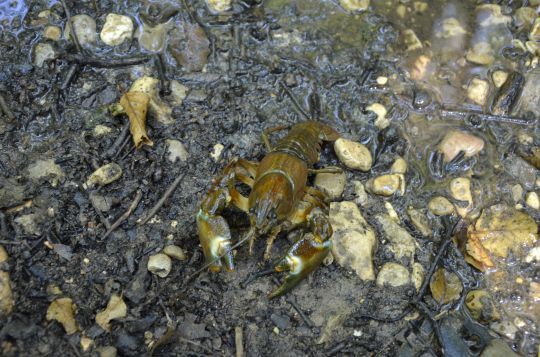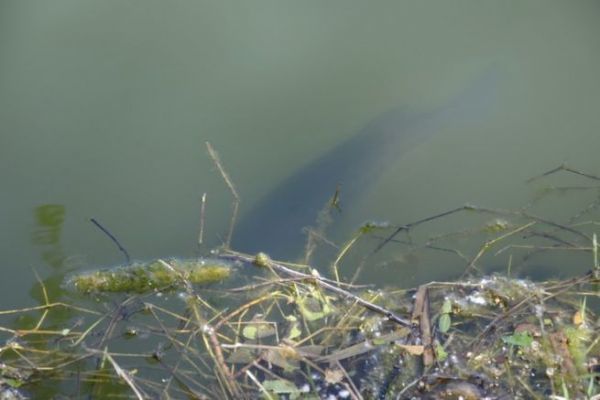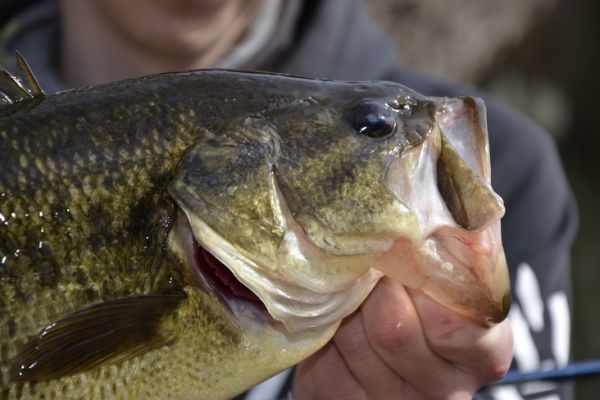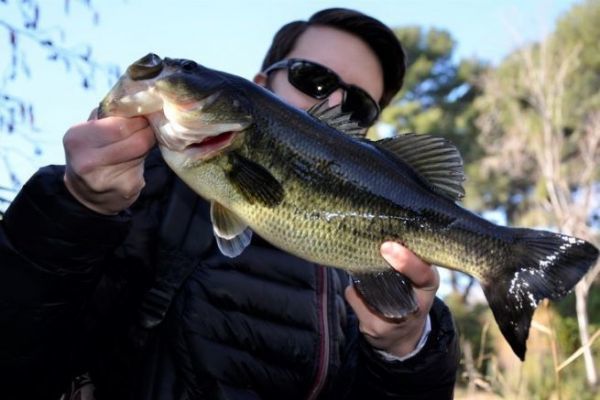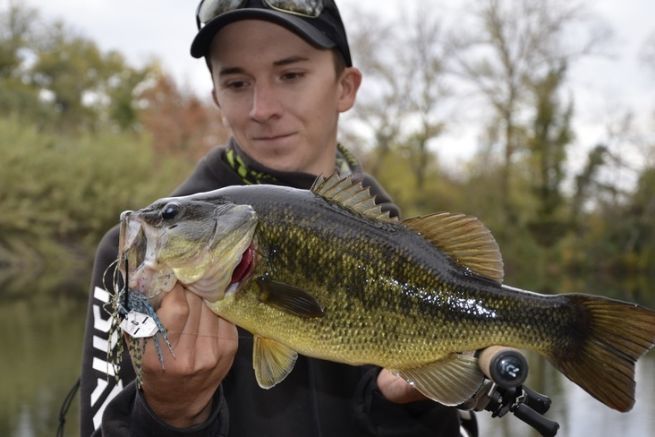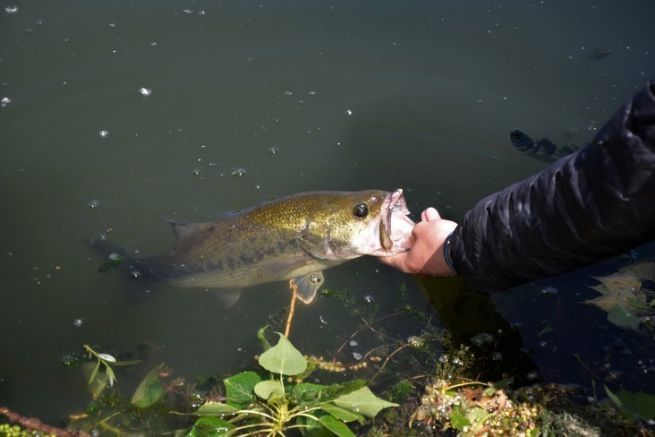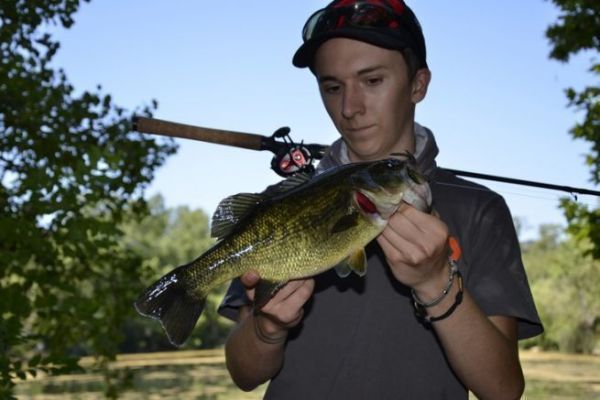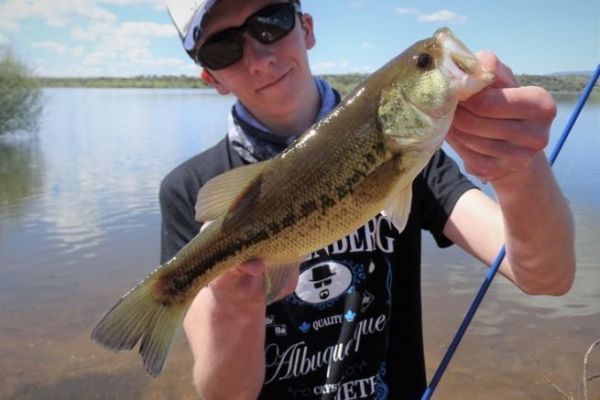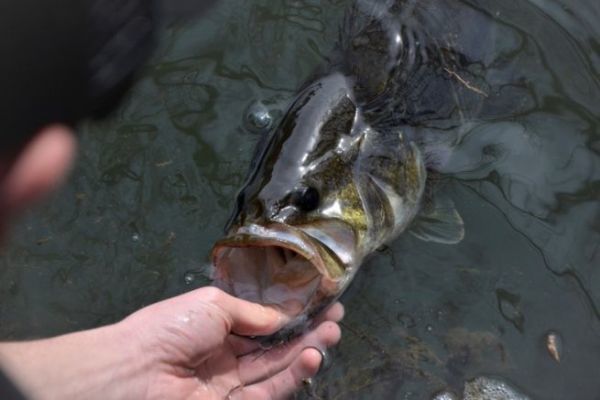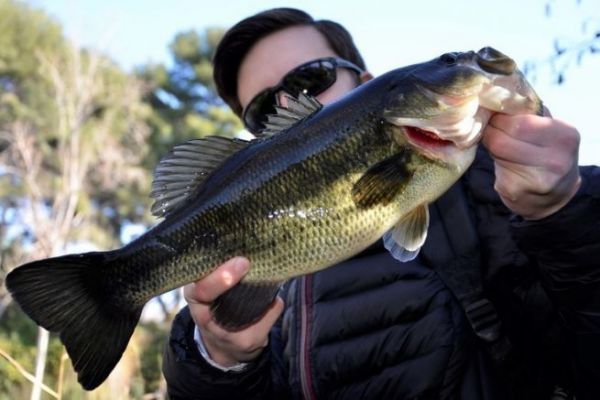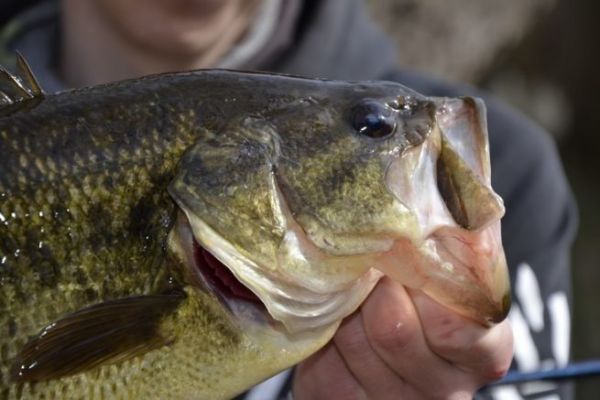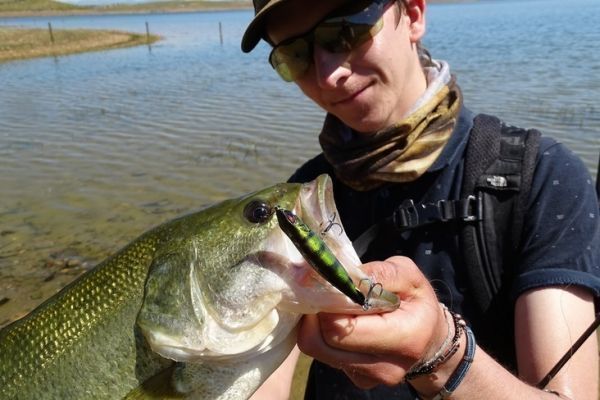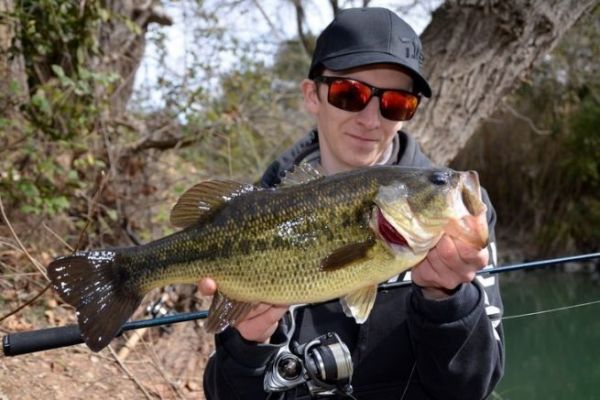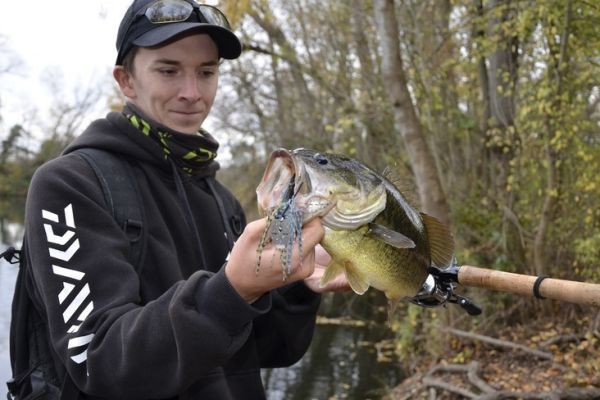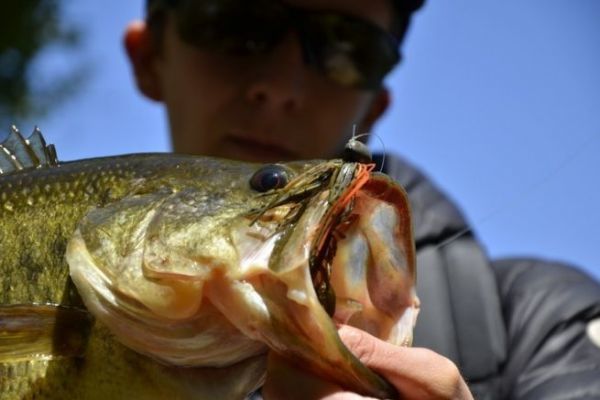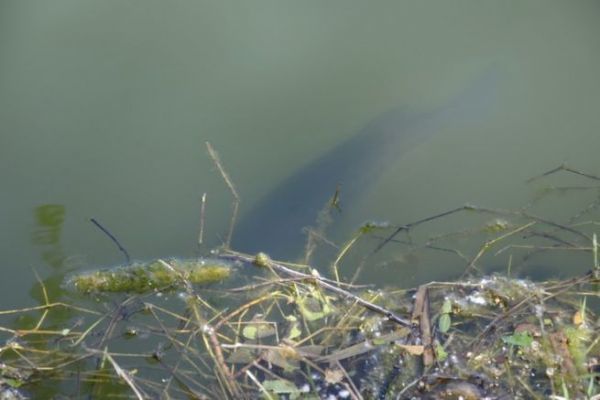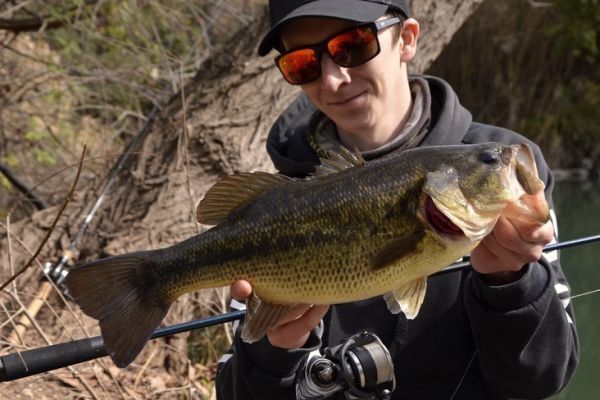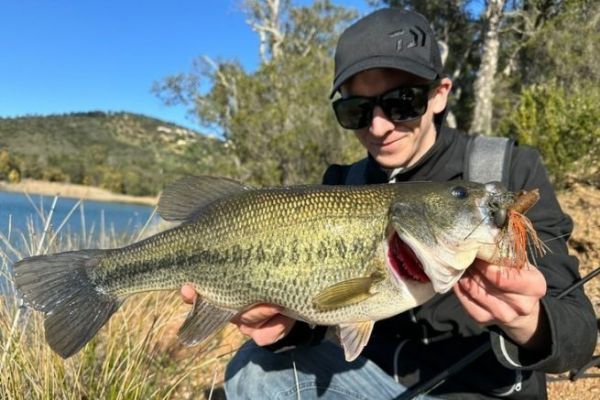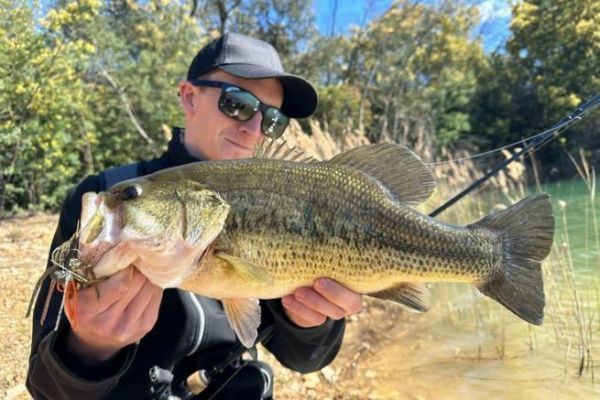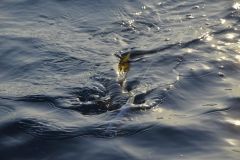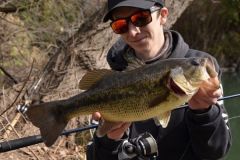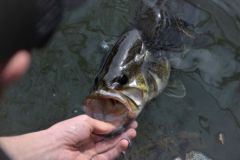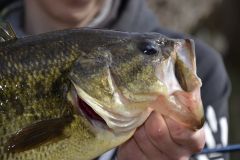With or without clamps?
In this study, 450 black bass from the same environment were presented with a crayfish imitation for 60 days, using a robotic arm to achieve an identical swim each time. The first crayfish imitation had its two claws and all its legs, then one claw was removed, then the second, then all the legs. The number of attacks on each crayfish imitation was carefully recorded and compared.
It turns out that the more appendages were removed, the greater the number of attacks. The result is an imitation of a crayfish body, with no appendages whatsoever, which doesn't look like much, but which triggers the most strikes. Surprising at first glance, but it's easy to understand why black bass prefer a crayfish without claws, to avoid injury.
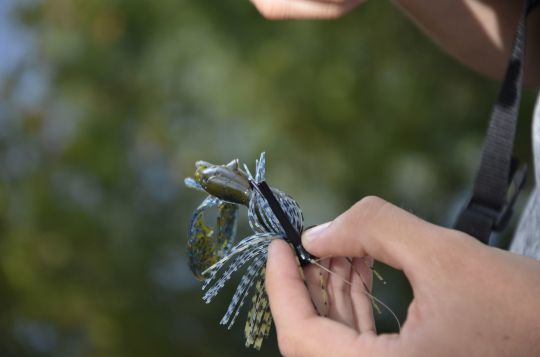
Fishing with an imitation crayfish
Crayfish obviously move and live on the bottom. Although you can fish with a crayfish imitation in open water, it's best to use it to fish in the last metre of water. The best way to use a crayfish imitation is to fish parallel to the bank, changing depth frequently to find the fish. It's very important to maintain contact with the bottom, especially if it's rocky, as the sound of lead or steel hitting the bottom is very similar to that of a crayfish shell trying to hide.
For unleaded soft lures, you can add rattles, which are small balls that make a noise when you move your lure. Finally, don't hesitate to make very long pauses, followed by a 50 cm to 1 metre pull to imitate the classic movement of a fleeing crayfish.
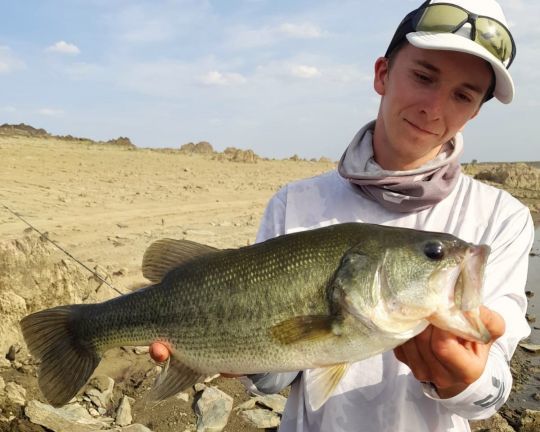
Find out which crayfish are present
If you have no idea of the size or color of the crayfish present in a body of water, don't hesitate to lift a few stones along the edge. While any crayfish imitation will work, the exact imitation will give you many more hits. Some American competitors even place crayfish traps in the days leading up to a competition to find out the exact species, size and color they'll be imitating. Of course, remember to remove the claws from your crayfish imitation for even better results!
